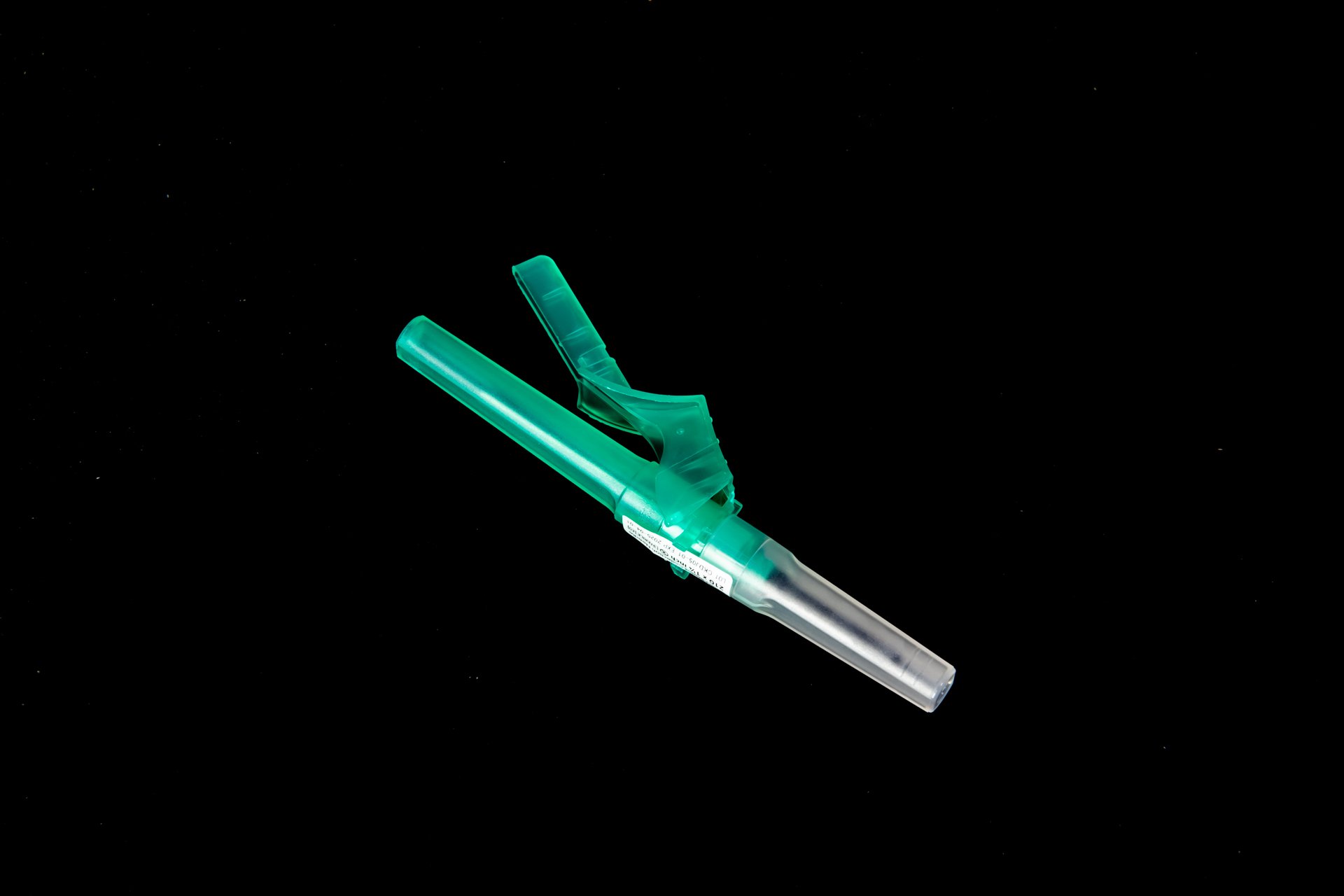How To Choose The Right Needle Gauge
Choosing the right needle gauge is crucial for any sewing project. The gauge of the needle determines how easily it will penetrate the fabric and create the desired stitch. With so many options available, it can be overwhelming to decide which needle gauge is best for your project. In this article, we will provide you with all the information you need to choose the right needle gauge for your sewing needs.
Understanding Needle Gauge
Needle gauge refers to the thickness of the needle shaft. The higher the needle gauge number, the thinner the needle. Different needle gauges are suitable for different types of fabrics and sewing techniques. It is important to choose the right needle gauge to ensure that your stitches are even and your fabric is not damaged.
Factors to Consider
Type of Fabric: Different fabrics require different needle gauges. As a general rule, lightweight fabrics such as silk and chiffon require a smaller needle gauge, while heavyweight fabrics such as denim and canvas require a larger needle gauge.
Sewing Technique: The type of stitch you will be using also influences the choice of needle gauge. For example, a smaller needle gauge is suitable for delicate hand sewing, while a larger needle gauge is better for machine sewing.
Thread Size: The size of the thread you will be using should also be considered when choosing a needle gauge. Thicker threads require a larger needle gauge to accommodate them, while finer threads work well with a smaller needle gauge.
Types of Needle Gauges
There are several types of needle gauges available, each designed for specific sewing tasks. Here are some of the most common needle gauges and their uses:
Universal Needles
Universal needles are the most versatile type of needle and can be used for a wide range of sewing projects. They have a sharp point that penetrates most fabrics easily, making them suitable for both woven and knit fabrics.
Click here for more information on universal needles.
Ballpoint Needles
Ballpoint needles have a rounded tip that pushes the fabric fibers aside instead of piercing them. They are ideal for knit fabrics, as they prevent snags and runs in the fabric.
Learn more about ballpoint needles and their uses.
Sharp Needles
Sharp needles have a thin, pointed tip that is ideal for sewing through tightly woven fabrics. They are commonly used for quilting and embroidery projects.
Read more about sharp needles and when to use them.
Choosing the Right Needle Gauge
Now that you understand the different types of needle gauges available, it's time to choose the right one for your project. Here are some tips to help you select the perfect needle gauge:
Consider the Fabric
Start by considering the type of fabric you will be sewing. Lightweight fabrics such as silk and satin require a smaller needle gauge, while heavyweight fabrics such as denim and canvas need a larger needle gauge.
Match the Needle to the Thread
Make sure that the needle gauge you choose is compatible with the size of the thread you will be using. Thicker threads require a larger needle gauge, while finer threads work best with a smaller needle gauge.
Experiment with Samples
If you are unsure which needle gauge to use, it's always a good idea to experiment with samples before starting your project. Sew a few test stitches on a scrap piece of fabric to see which needle gauge produces the best results.
Consult the Sewing Machine Manual
Some sewing machines have specific recommendations for needle gauges based on the type of fabric and thread being used. Refer to your sewing machine manual for guidance on which needle gauge to choose.
Conclusion
Choosing the right needle gauge is essential for achieving professional-looking results in your sewing projects. By considering factors such as the type of fabric, sewing technique, and thread size, you can select the perfect needle gauge for your needs. Remember to experiment with samples and consult your sewing machine manual for additional guidance. With the right needle gauge, you can ensure that your stitches are even, your fabric is not damaged, and your project is a success.
Disclaimer: The content provided on this blog is for informational purposes only, reflecting the personal opinions and insights of the author(s) on phlebotomy practices and healthcare. The information provided should not be used for diagnosing or treating a health problem or disease, and those seeking personal medical advice should consult with a licensed physician. Always seek the advice of your doctor or other qualified health provider regarding a medical condition. Never disregard professional medical advice or delay in seeking it because of something you have read on this website. If you think you may have a medical emergency, call 911 or go to the nearest emergency room immediately. No physician-patient relationship is created by this web site or its use. No contributors to this web site make any representations, express or implied, with respect to the information provided herein or to its use. While we strive to share accurate and up-to-date information, we cannot guarantee the completeness, reliability, or accuracy of the content. The blog may also include links to external websites and resources for the convenience of our readers. Please note that linking to other sites does not imply endorsement of their content, practices, or services by us. Readers should use their discretion and judgment while exploring any external links and resources mentioned on this blog.



